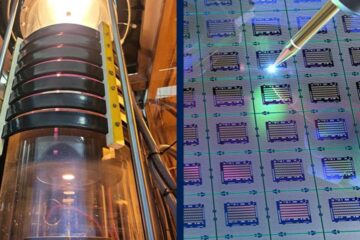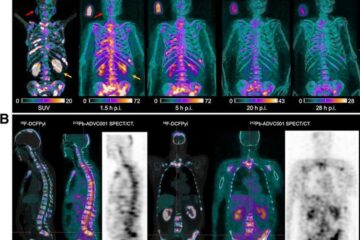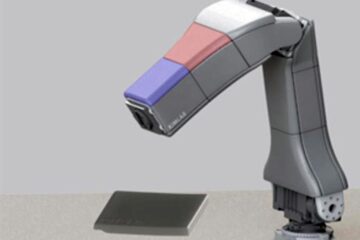Nerve cells ’guided’ to repair spinal damage: Technique

May lead to treatment for severed spinal cords
University of Toronto researchers have designed a method to facilitate nerve cell repair that could ultimately lead to treating severed spinal cords.
The technique, outlined in the July 6 online version of Biomaterials, involves imbedding a series of fibrous rods into a gel substance and then dissolving the rods, leaving a series of longitudinal channels. These channels are then injected with peptides, molecules that stimulate cell adhesion and migration. “When nerve cells are placed at the opening of the channel, the peptides act like breadcrumbs to follow,” says Molly Shoichet, lead author and professor of chemical engineering and applied chemistry at U of T’s Institute for Biomaterials and Biomedical Engineering (IBBME).
According to Shoichet, the technique is part of an overall strategy to repair spinal cord injuries where the spine is cut in two. After joining the ends of the severed spine with a tube, researchers would then fill this tube with the gel channels and peptides to stimulate nerve cell growth and bridge the gap between the two ends. “We need cells to grow in a specific direction to minimize that distance, thereby reducing the time for regeneration,” says Shoichet, who holds the Canada Research Chair in Tissue Engineering. “A longitudinal channel – a straight line – is the minimum distance between two points.”
The research, which has yet to be tested in animal models or humans, was funded by the Natural Sciences and Engineering Research Council of Canada and an Ontario Graduate Scholarship in Science and Technology.
Media Contact
More Information:
http://www.utoronto.caAll latest news from the category: Life Sciences and Chemistry
Articles and reports from the Life Sciences and chemistry area deal with applied and basic research into modern biology, chemistry and human medicine.
Valuable information can be found on a range of life sciences fields including bacteriology, biochemistry, bionics, bioinformatics, biophysics, biotechnology, genetics, geobotany, human biology, marine biology, microbiology, molecular biology, cellular biology, zoology, bioinorganic chemistry, microchemistry and environmental chemistry.
Newest articles

Silicon Carbide Innovation Alliance to drive industrial-scale semiconductor work
Known for its ability to withstand extreme environments and high voltages, silicon carbide (SiC) is a semiconducting material made up of silicon and carbon atoms arranged into crystals that is…

New SPECT/CT technique shows impressive biomarker identification
…offers increased access for prostate cancer patients. A novel SPECT/CT acquisition method can accurately detect radiopharmaceutical biodistribution in a convenient manner for prostate cancer patients, opening the door for more…

How 3D printers can give robots a soft touch
Soft skin coverings and touch sensors have emerged as a promising feature for robots that are both safer and more intuitive for human interaction, but they are expensive and difficult…





















